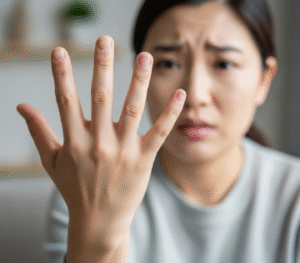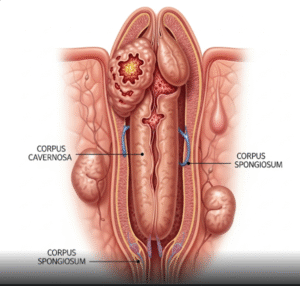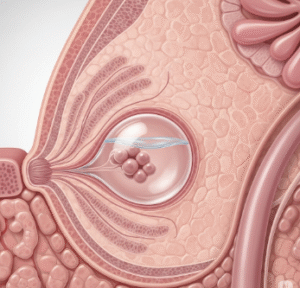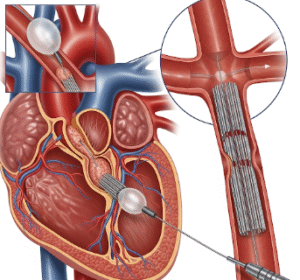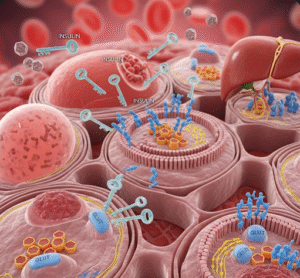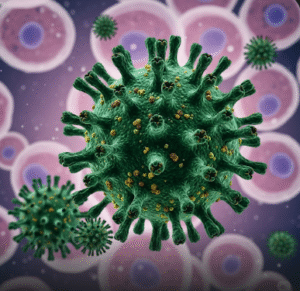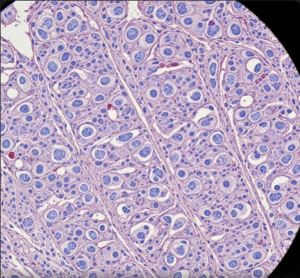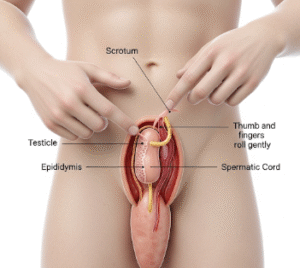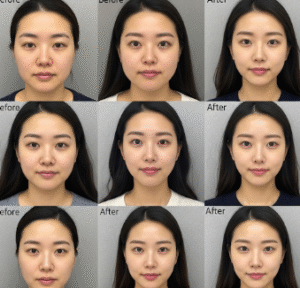Overview
Transoral Incisionless Fundoplication (TIF) is a minimally invasive endoscopic procedure designed to treat gastroesophageal reflux disease (GERD). Unlike traditional surgery, TIF is performed through the mouth, avoiding external incisions, and reconstructs the valve between the esophagus and stomach to prevent acid reflux.
In Korea, TIF is offered at leading gastroenterology and minimally invasive surgery centers, providing patients with effective reflux control, faster recovery, and reduced surgical risks.
What is TIF?
TIF is an endoscopic procedure that reconstructs the lower esophageal sphincter (LES) to reduce acid reflux. It is typically recommended for patients who:
- ✦ Have chronic GERD not adequately controlled with medications
- ➤ Seek an alternative to long-term proton pump inhibitor (PPI) therapy
- ✦ Want to avoid invasive laparoscopic or open surgery
- ➤ Have mild-to-moderate hiatal hernia (<2 cm)
Benefits include:
- Reduced heartburn and regurgitation
- Decreased dependence on medications
- Minimally invasive with no abdominal incisions
What are the Benefits?
✅ Minimally invasive with no external scars
➤ Effective reduction of acid reflux and heartburn
✅ Quick recovery and shorter hospital stay
➤ Can improve quality of life and sleep by controlling GERD symptoms
✅ Suitable for patients not responding to medications
Procedure Details
1) How should I prepare for TIF?
- ✦ Fasting: No food or drink for 6–8 hours prior to the procedure
- ➤ Review medications, especially blood thinners, with your doctor
- ✦ Preoperative evaluation: endoscopy, imaging, and routine blood tests
- ➤ Arrange transportation as sedation or general anesthesia is used
2) What happens during the procedure?
- ✦ Performed under general anesthesia or deep sedation
- ➤ An endoscopic device is inserted through the mouth into the esophagus and stomach
- ✦ The device reconstructs the valve at the lower esophagus by creating a partial fundoplication using fasteners
- ➤ Procedure duration: 45–90 minutes
- ✦ Real-time endoscopic monitoring ensures precise valve formation
- ➤ No abdominal incisions are made
3) What happens after TIF?
- ✦ Most patients go home the same day (outpatient procedure)
- ➤ Mild sore throat, bloating, or temporary difficulty swallowing may occur
- ✦ Dietary modifications recommended: liquids for first few days, soft foods for 1–2 weeks
- ➤ Follow-up includes endoscopic evaluation and symptom assessment
- ✦ GERD symptoms typically improve within 1–2 weeks, with continued benefit over months
Risks / Benefits
Possible Risks:
- Temporary sore throat or hoarseness
- Mild difficulty swallowing (dysphagia)
- Rare complications: bleeding, infection, or device-related issues
- Reflux recurrence in some patients
Benefits:
- Minimally invasive, incisionless procedure
- Significant improvement in GERD symptoms
- Reduced dependence on medications
- In Korea, skilled endoscopists and modern equipment minimize complications
Recovery and Outlook
- ✦ Return to normal activities in 1–2 days
- ➤ Avoid strenuous activity for the first week
- ✦ Soft diet recommended for 1–2 weeks
- ➤ Symptom relief can begin within 1–2 weeks, full benefit seen over months
- ✦ Long-term follow-up ensures durable results and monitoring for reflux recurrence
When To Call the Doctor
⚠ Persistent difficulty swallowing
⚠ Severe chest pain or vomiting
⚠ Signs of infection: fever, redness, or swelling
⚠ Recurrent or worsening reflux symptoms
Best Korea Option / Process
Korean hospitals provide world-class minimally invasive gastroenterology care, offering:
- ✦ Endoscopic, incisionless TIF procedures
- ➤ Experienced gastroenterologists and interventional endoscopists
- ✦ State-of-the-art endoscopic equipment
- ➤ Outpatient or short hospital stay with fast recovery
- ✦ Comprehensive post-procedure follow-up and dietary guidance
- ➤ English-speaking coordinators for international patients
Highlights of TIF in Korea
- ✅ Minimally invasive, incisionless procedure for GERD
- ➤ Quick recovery with outpatient care
- ✅ Significant reduction in reflux symptoms and medication use
- ➤ Advanced endoscopic techniques by expert gastroenterologists
- ✅ High patient satisfaction and low complication rates


